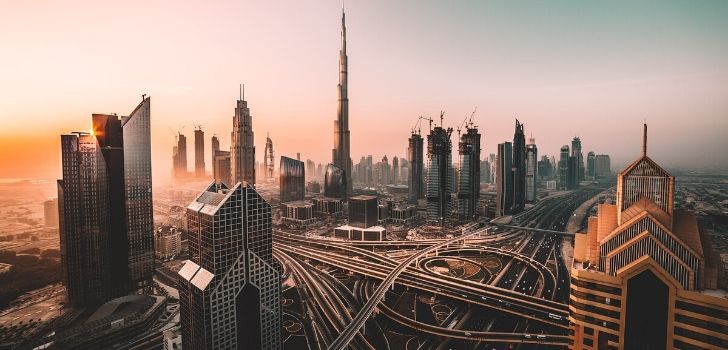Saudi Arabia: fashion’s ‘diamond’ loses its shine amid instability and oil prices
Fashion brands have discretely removed themselves from the equation in the Saudi market, where sales have lost their sparkle in recent years, with the exception of luxury, which continues to stand out.

The diamond of international doesn’t shine so much, after all. Saudi Arabia, the largest market in the Middle East, had become one of the safe markets in the expansion plans of fashion companies, from medium-sized SMEs to large luxury conglomerates. But, in recent years, the market has begun to dampen, weighed down by oil prices, which it depends greatly on. The entry in vigor of new regulations and political instability in the region.
Saudi Arabia is one of the countries with the highest Gross Domestic Product (GDP) per capita in the world, with 54.500 dollars in 2017, it is also the most populous state in the Gulf, with 33 million inhabitants. Its per capita expenditure on fashion is also among the highest on the planet, at 500 dollar a year, according to data collected by McKinsey.
However, its dependence on oil results in its economy and private consumption to be highly exposed to fluctuations in oil prices, which slumped last year.
DATAWRAPPER
To stimulate the economy, the government launched a package of measures that include from mega-structures such as Diriyah Gate, with 7.1 million square meters, or The Red Sea Project, which will have fourteen luxury hotels. In addition, from this year on shops can open 24/7, granted that they pay a fee of 26,654 dollars.
The geopolitical instability in the region is adjoined to the economic context, driven last year by Iran’s attack on oil facilities in the country. The country was similarly at the center of a controversy because of its alleged connection with the murder of journalist, Jamal Khashoggi, at the consulate of Saudi Arabia in Istanbul (Turkey).
In parallel, retail faces its own challenges. Although incomes have fallen, labor costs have risen due to new administrative fees and the reduction of energy subventions.
Retail consumption in Saudi Arabia has slowed in the last year
In addition, last September, the government began the so-called “Saudization”, an action that forced clothing, automobile, furniture and household utensils stores to insure that 70% of their employees were Saudi nationals.
According to the latest data from General Authority for Statistics for Saudi Arabia, in 2017 the retail clothing sector, footwear and leather goods decreased by 1%, to 26,762 million Saudi Riyals (7.1 billion dollars).
As a whole, retail in the country has slowed down, leaving behind double-digit rates that used amaze the world just a few years ago. In the first quarter of 2019, retail sales decreased 0.5% and in the second quarter barely rose 5.2% in comparison to the same period of the previous year.
“In recent years there has been a notable increase in company closures, especially in the wholesale and retail sectors,” McKinsey explains in an article published last December. “Only the most extreme luxury or low cost works, there isn’t room for mid-range companies,” explains a director of the sector.
“There has been an increase in closures of wholesale and retail companies,” says McKinsey
Although few retail companies in the region are listed, those that do publish their results have seen deteriorating results. This is the case of Alhokair, franchisee of Zara or Banana Republic in the country, which recorded losses in the second quarter of the current year (ended last September) after carrying out a process of “optimization” of its stores network and “Termination of agreements”, although it didn’t specify the concerned stores. In the third quarter, the company increased its losses once again, despite raising its profit.
On a positive note, the sector continues to grow on the Web. The Internet’s infiltration in Saudi Arabia reaches 89%, compared to 57% in China, and the infiltration of this channel in some fashion groups reaches 20%. From this angle, several operators have arrived in the region, such as Amazon, Farfetch, Jollychic or Yoox-Net-a-Porter, which compete with local operators such as Namshi, The Modist and Ounass.


info@themds.com
Validation policy for comments:
MDS does not perform prior verification for the publication of comments. However, to prevent anonymous comments from affecting the rights of third parties without the ability to reply, all comments require a valid email address, which won’t be visible or shared.
Enter your name and email address to be able to comment on this news: once you click on the link you will find within your verification email, your comment will be published.